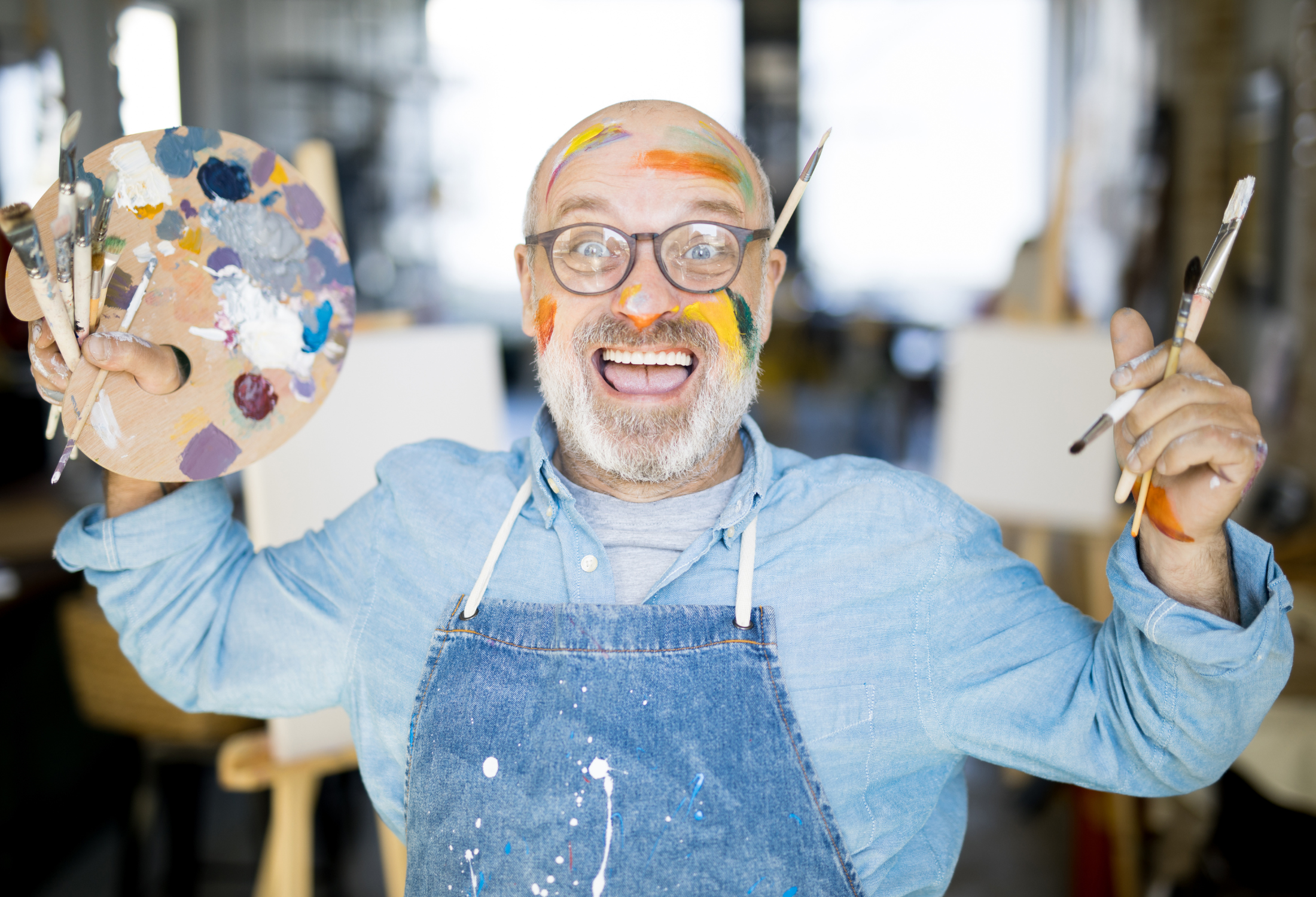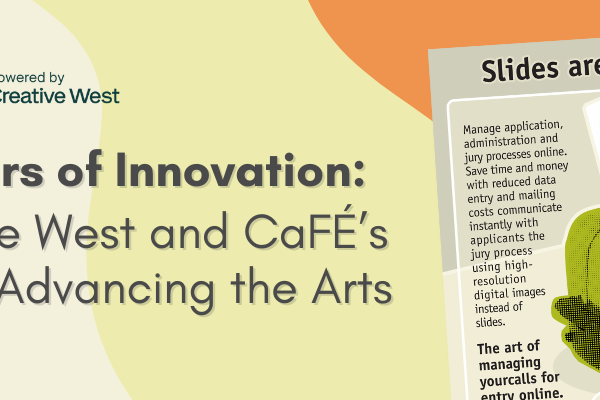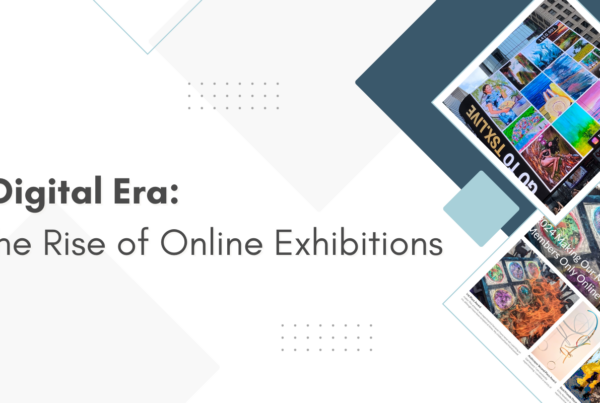
Navigating the art world as a professional artist requires a blend of creativity, strategic planning, and networking. Whether you’re seeking new opportunities, curating your portfolio, or building relationships, follow these 10 must-dos for every professional artist.
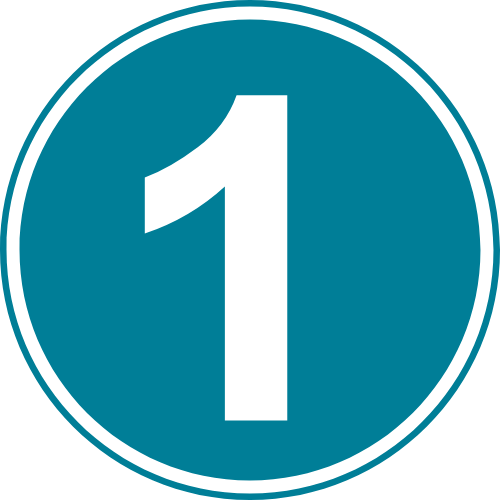
Find Opportunities Worthy of Your Artwork
Seeking out creative opportunities worthy of your artwork requires diligence and an ability to recognize what would benefit your career. Not all open calls are created equal, and it’s essential to research and consider the details of the opportunity before applying. For example, pay close attention to post-jury or participation fees to ensure they align with your budget and goals. See if the exhibition or gallery would showcase your work in person, online, or both. Consider the call’s specific theme and ask yourself whether your art would be a good fit. Don’t waste your time and money applying to every opportunity out there—think carefully about which ones will serve you best if selected.
See How to Spot the Best Art Opportunities for You for more tips.

Curate Your Artwork for Each Call
Before you spend money entering your artwork into a call for entry, think carefully about which pieces you will enter. Curating your artwork thoughtfully for each call is crucial to making a strong impression. Always put your best work forward, but ensure it aligns with the call’s theme, eligible mediums, and size requirements. You might also need to consider the price of your pieces and how they would fit into the market you are entering. If you need to update the price or description of a piece, remember to update those details of the artwork in your CaFÉ portfolio before you apply. Tailoring your submission to meet these criteria demonstrates your professionalism and increases the chances that the juror(s) will choose your work.
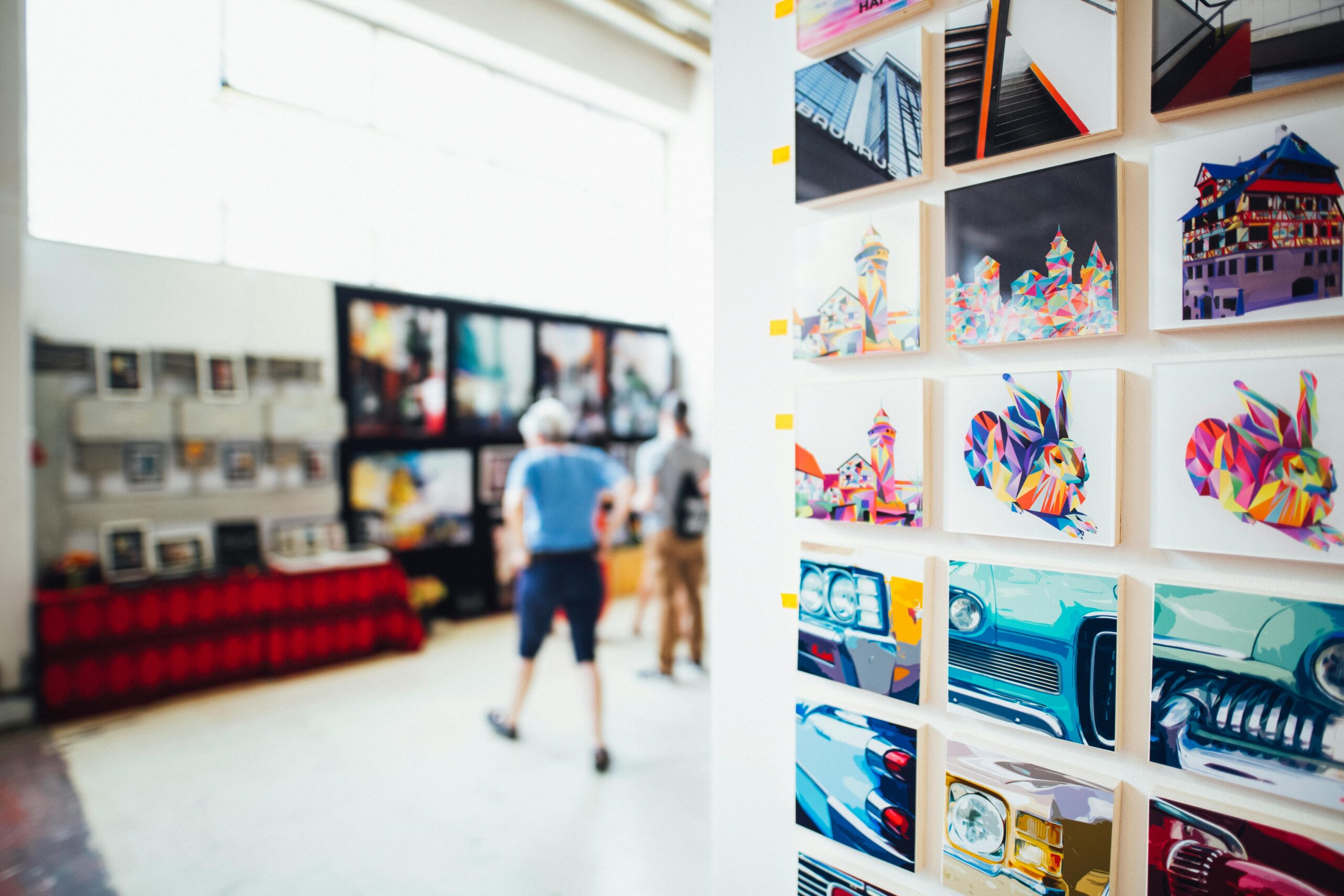

Keep Your Artist Resume & CV Updated
Updating your artist resume and CV is essential for presenting a professional image. First, you’ll need to understand the distinction between the two:
- A CV (Curriculum Vitae) is a record of all your career accomplishments and experience and is usually used when applying to new academic situations or employment opportunities.
- A resume is an abbreviated list of accomplishments best tailored to reflect a specific expertise. An artist’s resume may differ from standard resumes in that it may focus more on specific skills, exhibition history, and awards or recognition received.
Be sure to update your CV regularly and tailor your resume for certain opportunities to ensure you’re prepared if an application requires one. When you are asked for it, find out exactly what kind of document they’re looking for, and submit a file in a universal format (such as a PDF) to avoid any formatting errors. This attention to detail will help you present yourself as a well-organized and professional artist, ready to seize any opportunity.
Bonus Tip: If you are applying to residency programs or fellowships, prepare a list of references or gather letters of recommendation ahead of time. References can be anyone familiar with your art who can speak about your skills, ambitions, and potential. Professors, mentors, gallery owners, or fellow artists are good places to start.

Craft a Compelling Artist Statement
Crafting a compelling artist statement is crucial as it adds to the overall presentation of your artwork and can sway a juror into selecting your work. While it’s good to have a general artist statement ready, pay attention to the instructions provided by the organization for each specific call. Some ask for artist statements that are more descriptive and speak to the exhibition’s theme, whereas others ask you to describe your technique and materials. Consider having variations of your statement to suit different contexts or character limits, and be prepared to adjust them for every application. Finally, don’t forget to proofread your statement at least once to ensure you don’t submit an application with grammatical errors or typos.
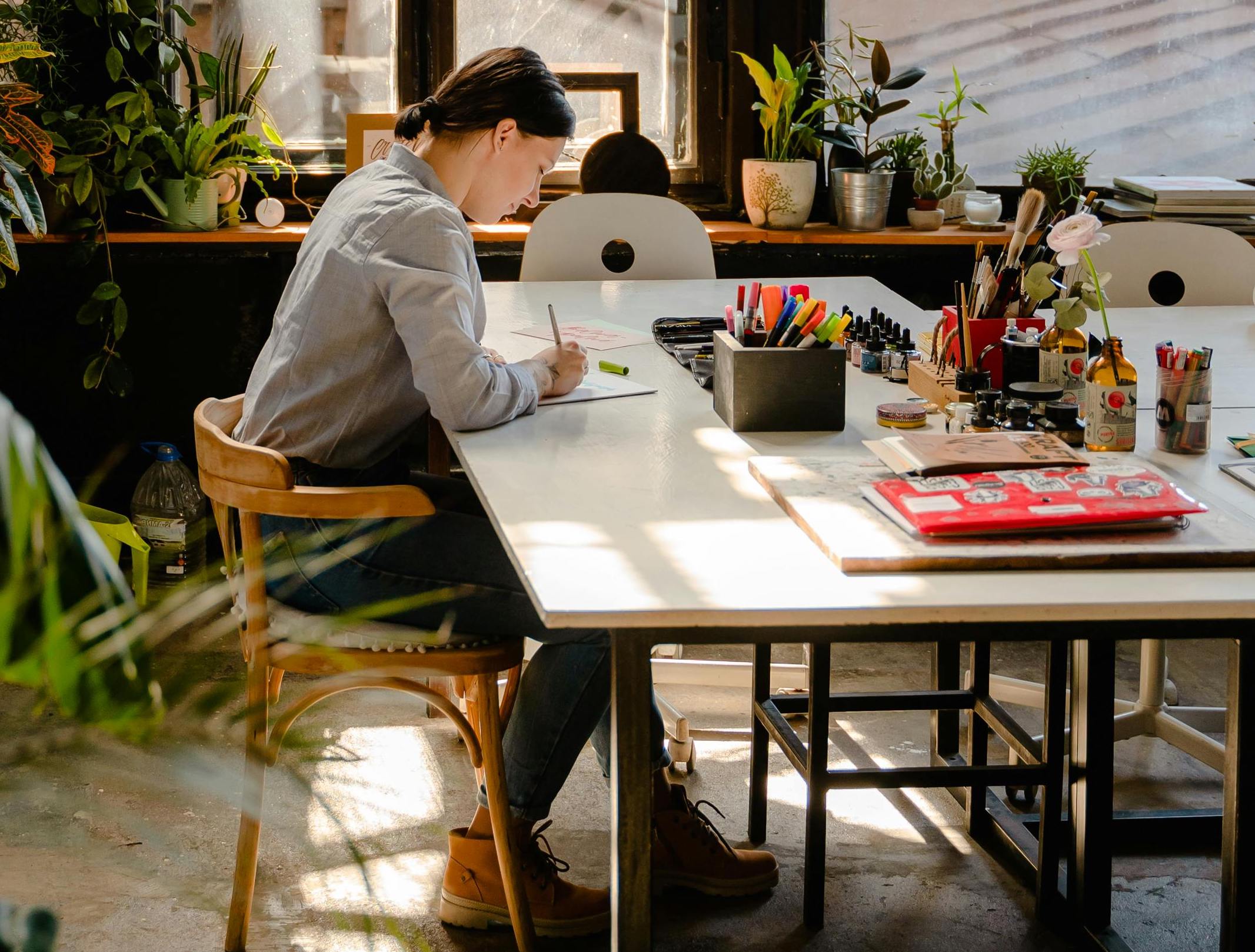

Prepare A Headshot
An art organization may use headshots to showcase the artists of an exhibition or announce the recipient of a public art opportunity or grant. Many calls for entry don’t require a headshot upfront, but it’s a good idea to have one on hand in case you need to submit one with your application. Here are some tips for taking a professional headshot:
- Your headshot should include your head, neck, and shoulders. Your clothing should be simple and professional.
- Take your headshot in front of a simple background and somewhere with good, even lighting.
- Use a good quality camera or smartphone, and use a tripod or ask a friend to take your photo.
- Express yourself through your face and eyes—whether with a smile or a neutral expression.
- Save a digital file of your headshot that’s at least 1200 pixels on the longest edge.
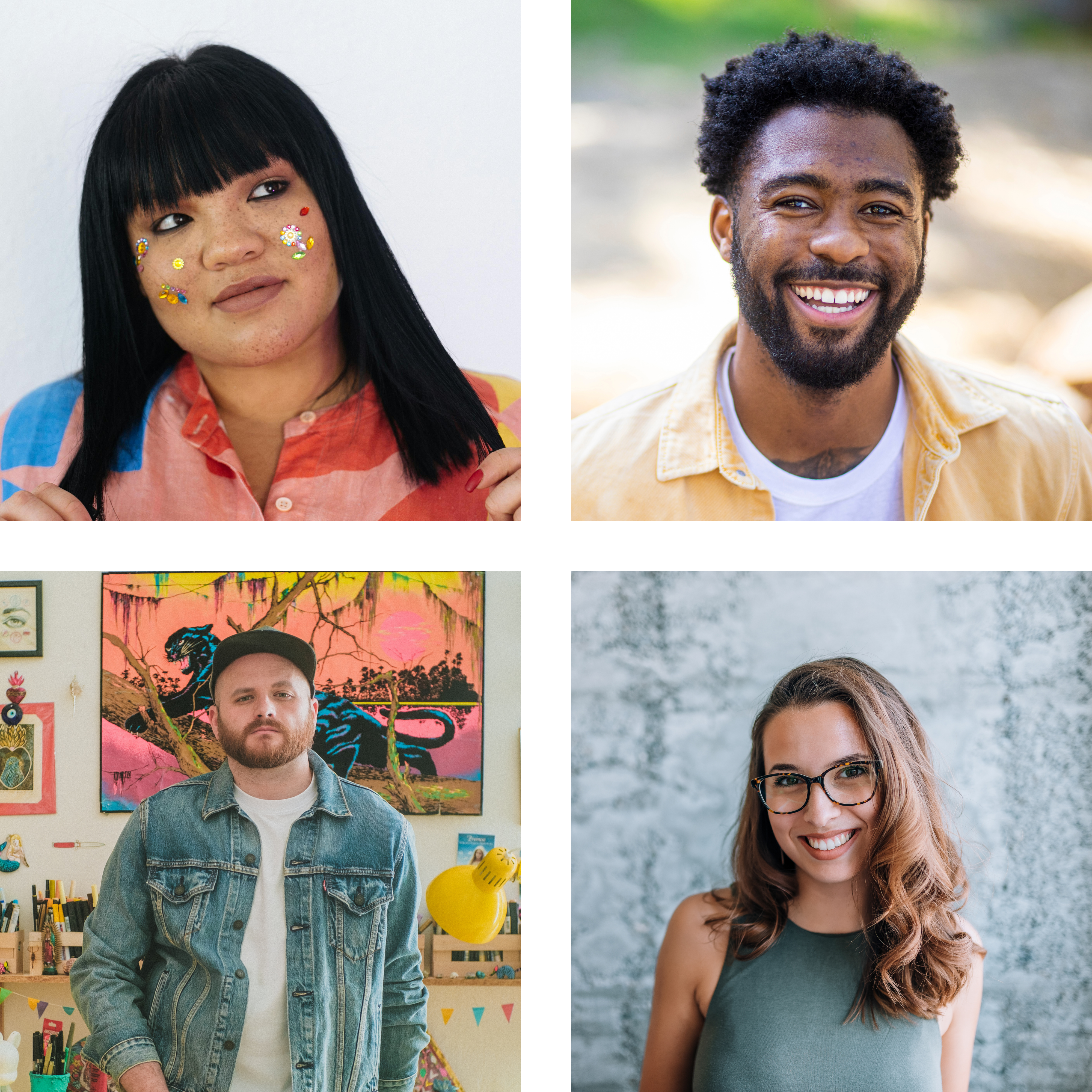
Some organizations on CaFÉ may ask you to upload your headshot to your portfolio and submit it with your artwork images. Others may ask you to upload the file directly to your application, in which case, you’ll need to make sure your JPEG file is no larger than 2MB. Be sure to read the instructions and prepare your headshot accordingly.

Maintain Your Social Media Presence
Maintaining an active social media presence is key to showcasing your work and engaging with your audience. Use platforms like Instagram or Facebook to share your artistic journey and connect with fellow creatives. In addition to sharing high-quality images of your completed work, regularly post updates about your work in progress to give behind-the-scenes glimpses and insights into your creative process. Telling your story this way will increase your engagement and keep your followers’ attention. Staying active on social media also serves as a dynamic portfolio that potential customers, galleries, and collaborators can access. A well-maintained social media presence enhances your visibility and strengthens your professional reputation, making it an indispensable tool for any modern artist.

Communicate Consistently with Organizers
Effective communication with those who provide creative opportunities is a pivotal part of building a successful art career. Here are some tips for contacting galleries, event organizers, and other industry professionals.
- Read the prospectus and submission guidelines carefully before contacting the organization with questions.
- Maintain a professional and friendly tone.
- Ensure your emails are well-crafted, concise, and free of errors.
- Clearly outline your intentions and provide all necessary information.
- Follow up politely if you are still waiting for a response within a reasonable time frame.
- Keep records of your interactions with others to stay organized and demonstrate your reliability.
Consistency in your communication will help you keep a professional reputation and build lasting relationships within the art community.

Build Relationships with Other Artistic Professionals
Building strong relationships with other artistic professionals is vital for your growth and success as an artist. Network with fellow artists, curators, gallery owners, and other industry insiders to open new opportunities for collaborations, exhibitions, and learning. Attend art shows, workshops, and related events to meet and connect with like-minded individuals. Engage in meaningful conversations and show genuine interest in others’ work to forge lasting connections. Stay in touch with others on social media platforms and online communities and support each other’s projects. These methods will enrich your network and create a community of mutual support. These relationships will lead to new insights, inspiration, and opportunities, enhancing your artistic journey and professional development.
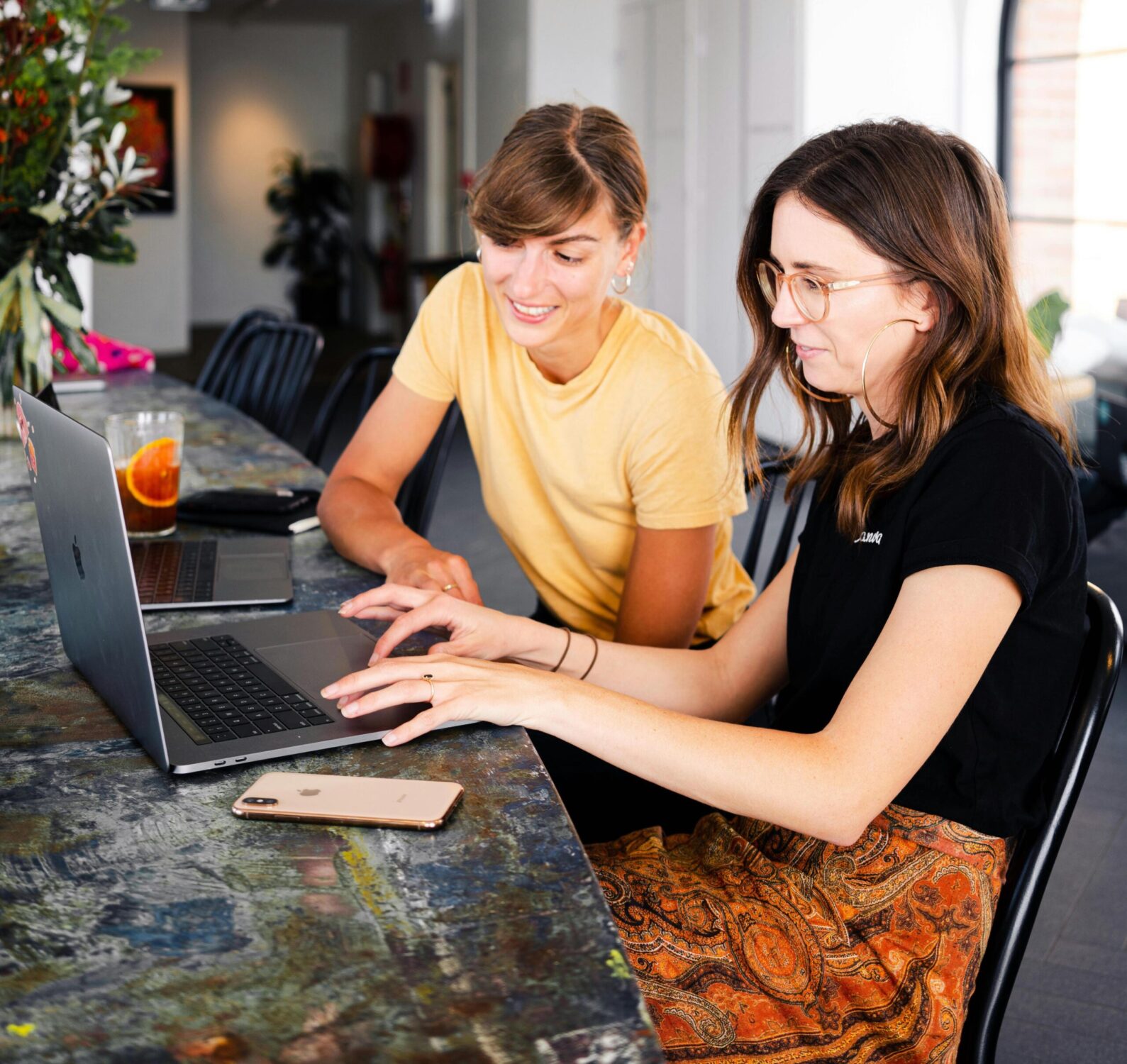

Take Rejections in Stride
Receiving a rejection notice can be disheartening, but it’s an inevitable part of an artist’s journey. Understand that the level of competition in the art field is high, and many opportunities attract numerous talented individuals. Instead of being discouraged, view rejections as learning experiences. If possible, ask for feedback to understand why your submission wasn’t selected and how you can improve. This constructive criticism can provide valuable insights and help you refine your work. Even the most successful artists face rejection before achieving recognition. By maintaining a positive attitude and using rejections as motivation to grow, you can continue to progress in your artistic career.

Celebrate Your Wins!
Celebrating your wins, no matter how small, is essential for maintaining motivation and recognizing your progress as an artist. Take time to acknowledge and appreciate your achievements, whether finishing a challenging piece, getting selected for an exhibition, or receiving positive feedback. Share these milestones with your audience to boost your confidence and strengthen your connection with your supporters. By celebrating your successes, you can remind yourself of your growth and encourage yourself to keep striving toward your artistic goals.
